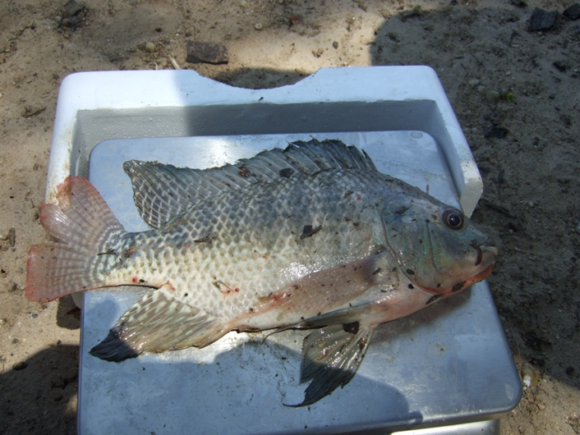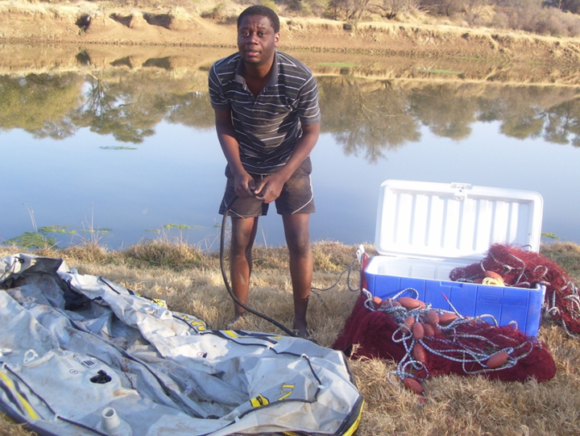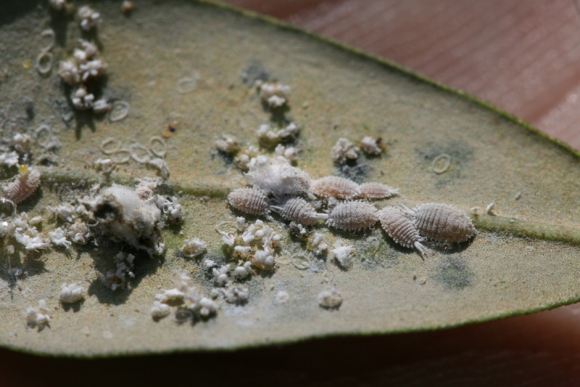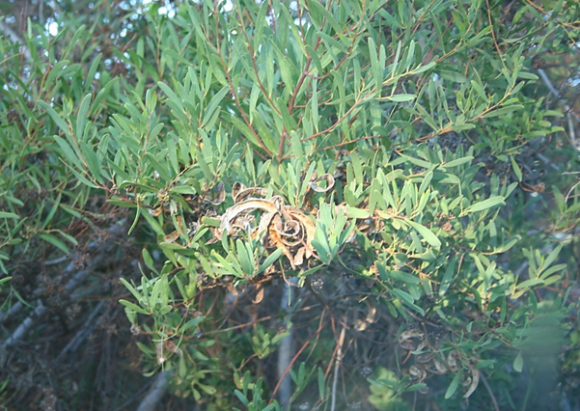Ecological risk assessments are used to identify potential invasive species from the pool of introduced species in a given country or area, and to assess the seriousness of their impacts. C·I·B researchers have developed a qualitative risk assessment method for determining the risk of establishment and spread of the invasive Nile tilapia (Oreochromis niloticus) in the Limpopo River basin in northern South Africa.

The physiological tolerance limits of Nile tilapia in relation to minimum water temperature, the presence or absence of dams, the seasonality of river flows and the presence of indigenous fish species were used to identify river systems that would be suitable for the establishment of this invasive species. Nile tilapia is already established in the lower catchment of the Limpopo River basin, where it threatens related indigenous species through hybridisations and competition for food resources.
The risk assessment found that the spread of Nile tilapia to other river systems in the upper Limpopo River catchment is ecologically unacceptable and needs to be prevented. Of particular concern is that in systems within the Limpopo River basin where O. niloticus has already invaded and established feral populations, adverse ecological impacts such as reduced abundance of indigenous species and hybridisation with its congenerics have already been documented. Further, the adverse ecological impacts of Nile tilapia may be emphasised by other invasive species such as Micropterus salmoides and Cyprinus carpio which have been widely introduced into most medium- to small-sized dams in the upper catchments and extreme environmental conditions associated with a seasonal and semi-arid climate. The risk assessment model presented here, based largely on proxies of environmental data, can be used to identify river segments that are highly vulnerable to the establishment of the invasive Nile tilapia. Concerted conservation efforts can then be directed in such areas to confirm establishment, direct remediation efforts and contain further spread.
The paper published in Aquatic conservation: Marine and Freshwater Ecosystems was co-authored by C·I·B PhD student, Tsungai Zengeya, who is now working for the CSIR in Pretoria, Prof Booth (Rhodes University), Prof Robertson (C·I·B core team member, University of Pretoria) and Prof Chimimba (C·I·B core team member, University of Pretoria).
Read the paper
For further details, contact Chris Chimimba at ctchimimba@zoology.up.ac.za




